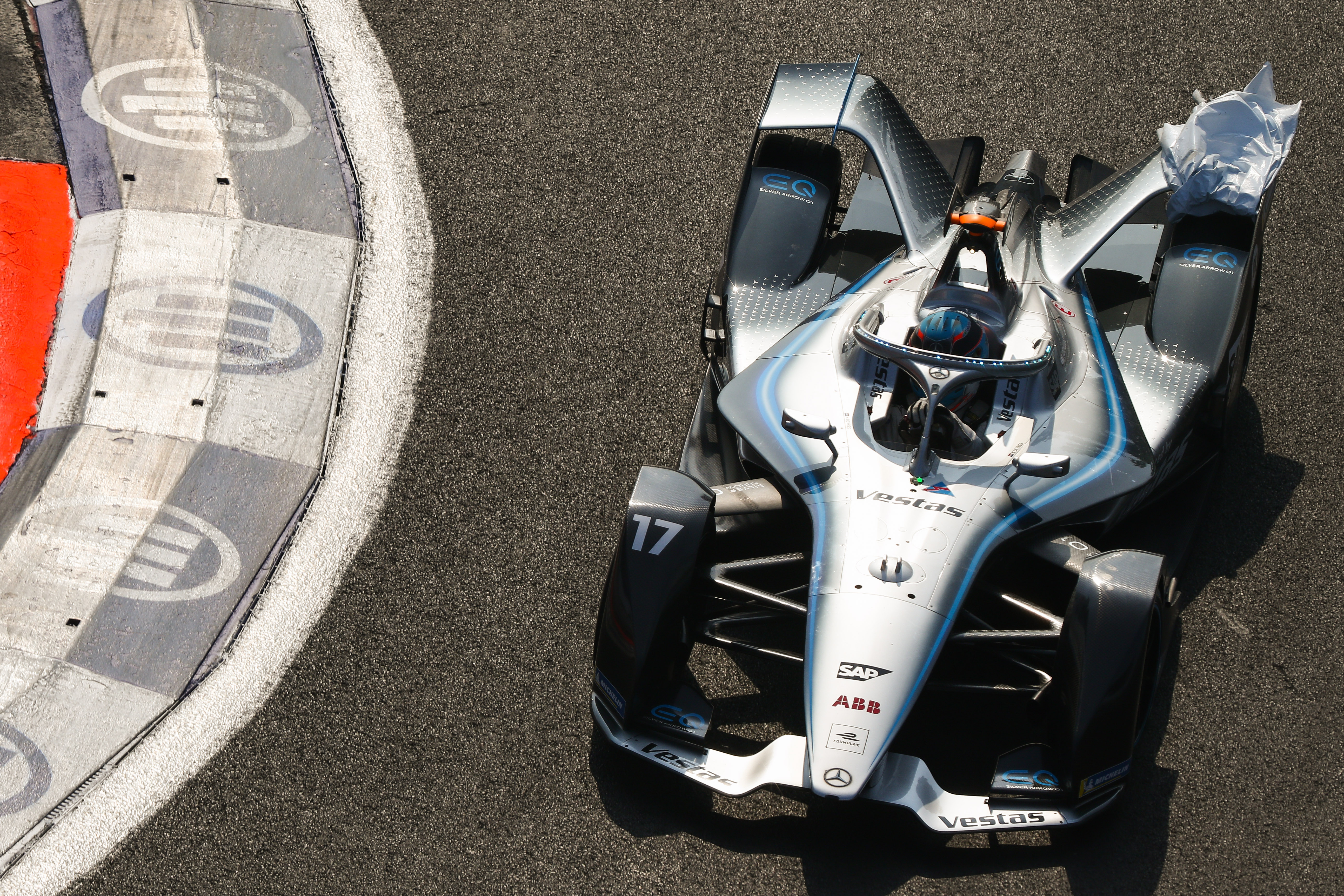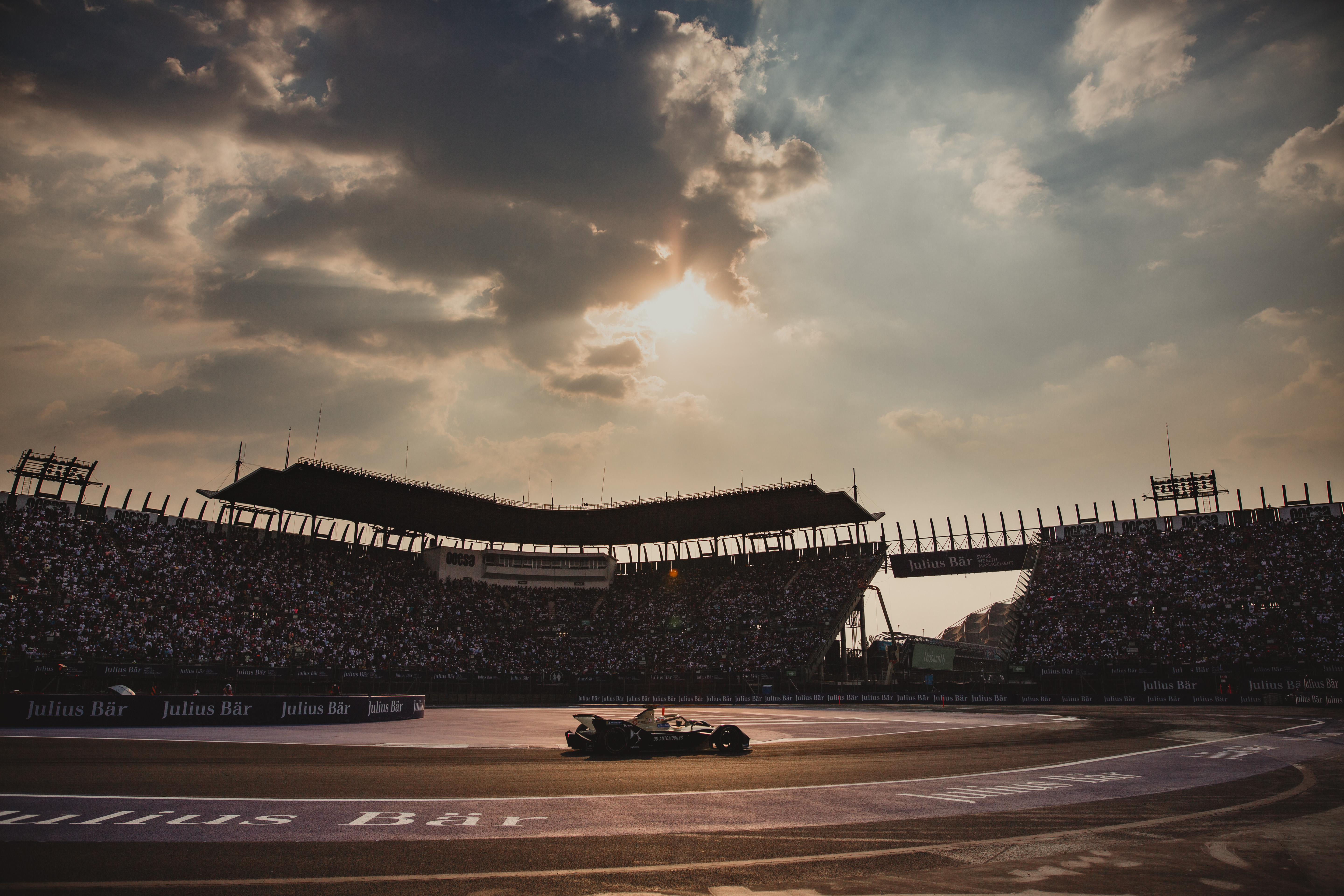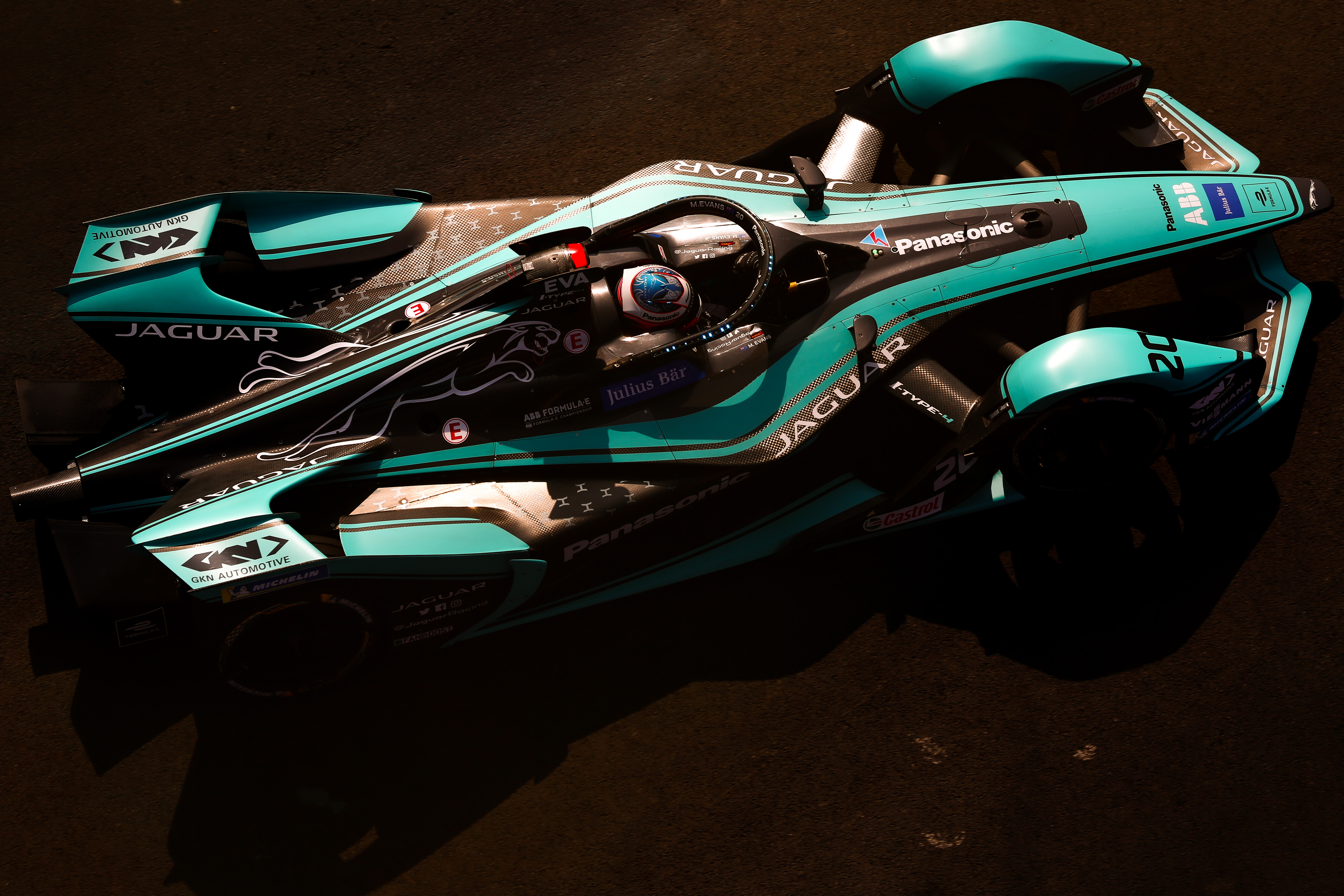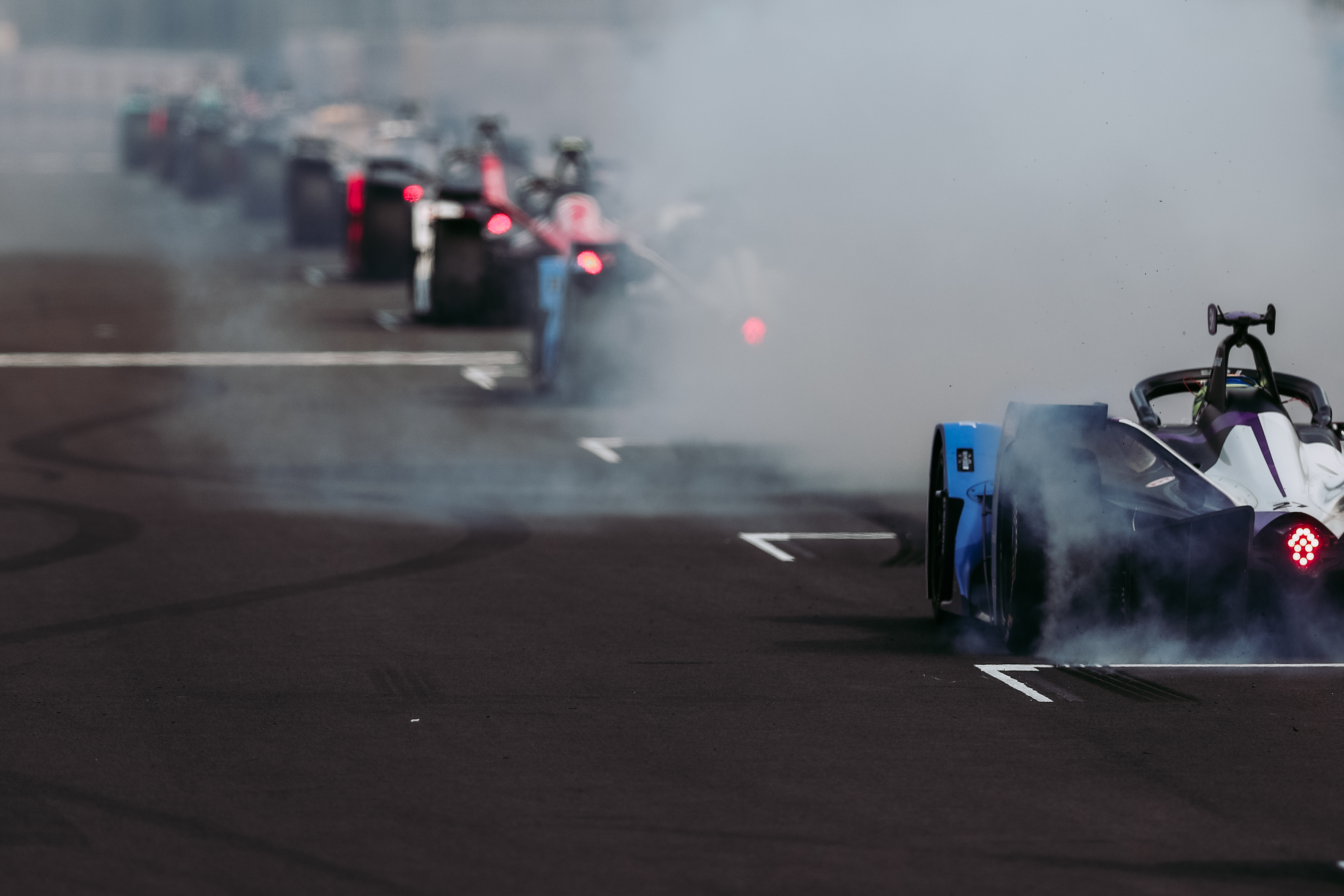‘Nothing travels faster than the speed of light, with the possible exception of bad news, which obeys its own special laws.’
That’s a quote from Douglas Adams’ amusingly bleak Mostly Harmless novel published in 1992. It tells the story of Earth in all realities being destroyed and with all missions completed, the ‘Hitchhikers Guide’ breaks down ‘into nothingness.’
Plenty of businesses, both large and small, will suffer the same fate in the next weeks and months. That is the terrible reality of a crisis that will change the world and probably all it represents commercially for the next few years at least.
It sounds dramatic, but the automotive industry already knows it will be. But there will also be hope, renewal and recovery.
Will Formula E be part of this more affirmative outlook? There is strong evidence that it will. But here’s the actuality; there are no guarantees at all.
The all-electric championship has positives that far outweigh the negatives despite, like most series, not having at present a championship to complete.
Those formalities were dealt with last Friday when the final two E-Prixs of the original 2019-20 schedule in New York City and London were cancelled.
Formula E is now turning attention to finding at least three events to underline a troubling and fractured season. It was one that seemed to be cursed from the very start when the Hong Kong E-Prix last autumn fell to social disturbance issues and then the Santiago event was threatened for similar reasons.

All this came before COVID-19, which now, rightly or wrongly, makes other global issues pale into insignificance.
The business situation with Formula E at present is tense. While publicly the partners and stakeholders transmit stoicism, the reality is that they are naturally wary and looking over the small print of long-term deals.
The will to ride out this storm and keep the co-operative approach that Formula E has famously nurtured appears to be there. Although the partners are facing significant headwind from an economic perspective, they have continued to “support the series and certainly the conversations we have, and we are in regular dialogue with them, is super positive”.
“Despite the fact that of course most of them are facing really challenging times, I think that’s a testament to the quality of the relationship and the brief that we are in this for the long haul and it’s not a [entirely] transactional relationship,” Formula E CEO Jamie Reigle told The Race last week.
This is backed up by ABB, the only title partner of an FIA championship. “ABB remains fully committed to the ABB FIA Formula E Championship and its partnership with the Formula E Organization,” a spokesperson told The Race last month.
“ABB Formula E is a showcase for the new era of e-mobility and a test-bed for innovative technologies and collaborative engineering, which can be applied to daily life in order to create a better, more sustainable future. Each race raises awareness of what technology can achieve and how it can be a driving force for solving the challenges our planet is facing.
“When it is safe for the series to return, we hope to continue to drive progress by bringing more of our technology, on both the electric and e-mobility sides, to ABB Formula E.”

But what of the manufacturers, which act as a central core as to how Formula E is distinguished?
Being competitive on the grid and being fiscally sustainable was a blueprint created by Alejandro Agag, Alberto Longo and the FIA through some serious blood, sweat and tears from 2011 onwards.
So how does Formula E retain the manufacturers, who are a huge – some say vital – part of the championship in terms of promotional capability, brand building, and the development of technology?
In addition, it also needs to be mindful that it needs the independent teams to be successful too and to keep costs down to protect their primary source of revenue – sponsorship.
“The advertising market, which is what drives sponsorship, in simple terms is very tough right now, but the reality is it’s going to be tough for the next 12 – 18 months,” opines Reigle.
“No one has a crystal ball, but I think its wishful thinking to assume that things will just snap back in July, just because we might have some races.
“We’re spending a lot of time with each of the teams, each of the manufacturers and all of our sponsors to try to figure out ways to ensure that we are delivering value for them, and the esports initiative is one thread of that.
“Then we are talking to teams about cost measures and other initiatives; we’ve pushed back the Gen2 EVO, we’ve limited the homologations to one over the next 24 months. These are not insignificant things but they passed with unanimity, which is really encouraging.”

There is absolutely no doubt that these measures had to be made just for the sheer survival of some manufacturers’ future commitment to programmes.
“Everyone’s mind is very focussed on how we survive first and foremost and then thrive through this challenging period, and what that means is that everyone is much more flexible,” says Reigle.
“That then leads to much more interesting discussions around how we address some of the cost issues and R&D challenges.
“In the case of Gen2 EVO, that was an immediate cost-saving achieved simply by pushing that back. A single homologation is a reduction in spending for the manufacturers in terms of new development. And so those are things that are taken out of the cost equation in the short-term.”
Gen3 could also be delayed – that is an option which will be reviewed properly later this month. That is when there’ll be more knowledge of what companies that tendered last month can provide and, more importantly, within the specific commercial bracket.
But perhaps a broader long-term cutting of costs could also occur, according to Reigle.
“I think what’s more interesting for me is how do we address some of the more structural cost elements within in Formula E,” says Reigle.
“Obviously as the championship has grown and developed, the costs have gone upright, I mean we can’t hide from that.
“So we are looking pretty aggressively, with all the teams and manufactures, at ways to address the overall structural costs, such as how much does it cost to run a team, how much does it cost to develop a powertrain.”

It will also likely look at the number of people at the races, the number of common parts, policing of ‘remote mission control facilities’, and the frequency of powertrain iterations.
“To me, what’s more interesting and hopefully more attractive to the teams and the OEMs, is being able to go after some of the structural cost escalations,” says Reigle.
“These have come through in the last years and we really need to look at it from a first principles’ perspective and say ‘well, which elements of the development of the car really allow the teams to differentiate in terms of performance?’ ”
Formula E is working with the FIA, with the OEMs on these topics right now, and in particular a potential standardisation on some more parts over time.
But here’s the dichotomy for Formula E – it has to stay at the forefront of innovation and keep pushing the championship forward on a technical standpoint.
Some of the elements that come with Gen3 will remain vital storytelling features and so Reigle says that they will “look at options to be able to keep that”.
“Right now we have focussed minds and everyone is generally aligned and that’s an important piece to protect the competitiveness of Formula E in the long-term,” says Reigle.
“So I think there’s an opportunity to do that now and we are looking at it closely with the FIA and in partnership with the teams and OEMs.”





